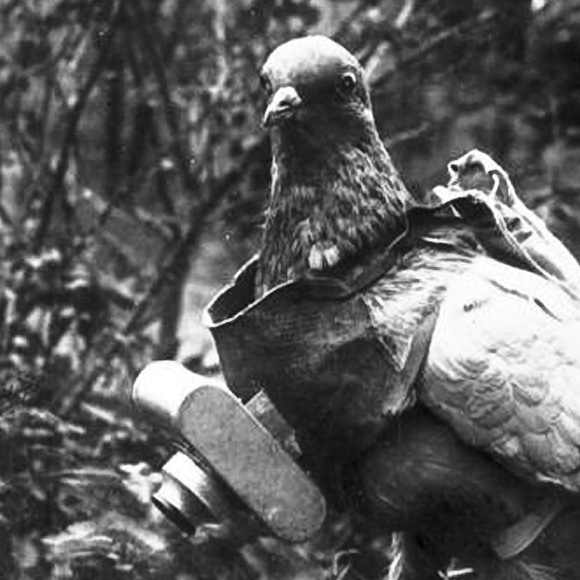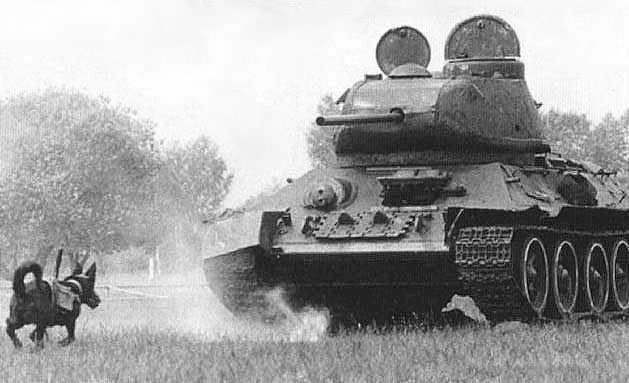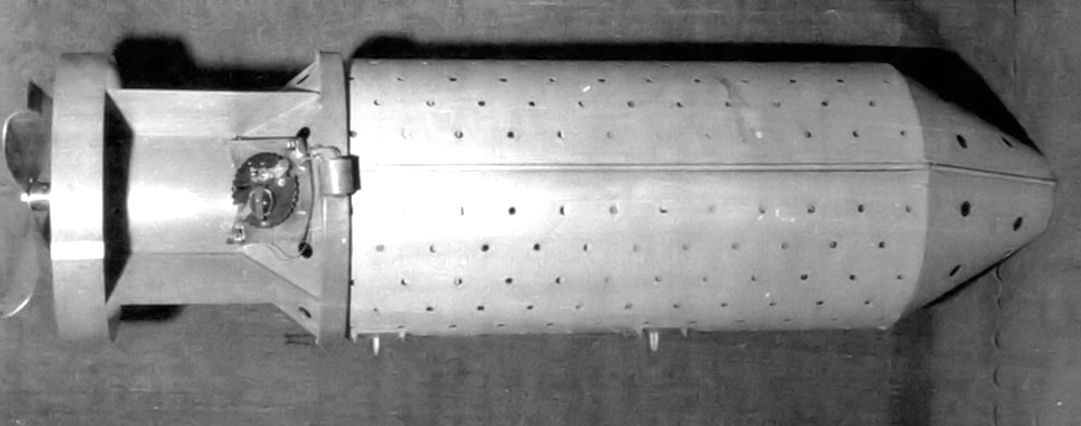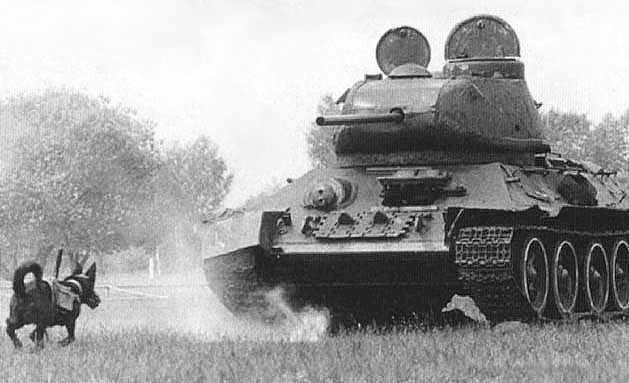
Millions of hungry caterpillars may soon fall onto the illegal coca fields of South America as the Colombian government seeks a natural alternative to toxic herbicides in their own war on drugs. But this is hardly the first time living creatures have been used as weapons in actual wars, from tank-exploding Russian dogs to bombs stuffed inside dead rats.
Caterpillars Against Cocaine
In an attempt to kill all of the illegal coca plantations flourishing throughout South America, various government entities have dumped mass quantities of carcinogenic herbicides from planes. After a while, they realized that wasn’t such a good idea, and came up with a new plan: caterpillars. Scientists believe that breeding Eloria Noyesi moths and dumping their larvae onto the plantations instead could help wipe out the plants that are ultimately processed into cocaine without damaging other plants. How, exactly, does that work? Apparently, this particular caterpillar has an appetite exclusively for coca leaves. The Colombian government intends to carry out a study ensuring that this theory is true before they put the plan into action.
Dead Rat Bombs

How do you smuggle a ton of bombs into a country that you’re at war with? Stuff them inside dead rats, and hide those rats in coal that’s making its way across the border – because there’s nothing suspicious about that. This was England’s plan in 1941 as the Luftwaffe dropped bombs onto London from the air, and other assaults came from all directions. The British government thought the Germans would shovel the dead rats into boilers along with the coal, where the heat would detonate the bombs. Unfortunately for them, the Germans found it a little odd that there were so many stiff, oddly-shaped rat carcasses in their coal supply, so the plan didn’t work.
Chicken-Powered Nuclear Weapons
During the Cold War, the British government had a little problem on its hands. The nuclear warheads they wanted to bury throughout Germany as a protective measure against a potential Soviet invasion would get too cold in Northern Germany’s winter temperatures, interfering with the functioning of their electronics. Their solution? Chickens. Officials figured they’d pack chickens into the underground spaces around the warheads with a week’s worth of food. The chickens would stay alive long enough to keep the bombs in working order, and their body heat would keep the electronics stable. This never actually came to pass, but not because it’s a ridiculous idea – the Brits realized detonating nuclear warheads in another country might not be the best political move.
Tank-Exploding Dogs

Meanwhile, in Russia, the Soviets found themselves sorely lacking anti-tank weapons as the Germans closed in. So they came up with a crazy (and hideously cruel) idea, training dogs to seek food that had been hidden underneath tanks. Once the training was complete, they starved the dogs for days and put them in harnesses that had bomb-activating levers sticking out. When the dogs went under the German tanks looking for a meal, the bombs were set off. The Russians did manage to explode something like 300 foreign tanks this way – as well as an unspecified number of their own, since the dogs couldn’t exactly tell which was which.
Signal-Scrambling Falcons vs. Nazi-Trained Homing Pigeons
The Germans had a few tricks up their own sleeves during World War II, but they were a tad less strange in comparison. They trained a fleet of homing pigeons to carry sensitive messages across various borders, like Belgium, West Holland and the Balkans, and were actually a vital component of Hitler’s plan to invade Britain. British intelligence uncovered the plans and raised their own feathered force in the form of peregrine falcons, which were trained to attack the pigeons on sight. Two were captured alive and jokingly referred to by the British government as ‘prisoners of war.’ The U.S. military also employed pigeons to guide missiles.
Bomb-Dropping Bats

The American government contributed its own wacky weapon idea to this sad war-driven zoo in the form of bat bombs. Codenamed Project X-Ray, the concept packed a bunch of hibernating bats into an empty bombshell. Once dropped, the bombshell would open, waking the bats with warm air. Tiny napalm bombs were attached to each little bat, exploding as soon as the bats landed on houses or trees in Japan and setting everything on fire. Despite the fact that President Roosevelt actually approved the project and thousands of Mexican bats were imported for the purpose, it was never put into action, as the military decided its resources were better spent on the atomic bomb.
Top image: A camera-equipped homing pigeons employed by Germany during World War I. German Federal Archive / Wikimedia Commons






